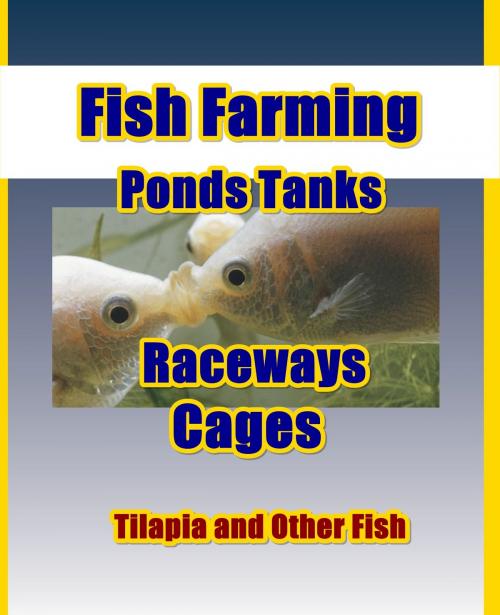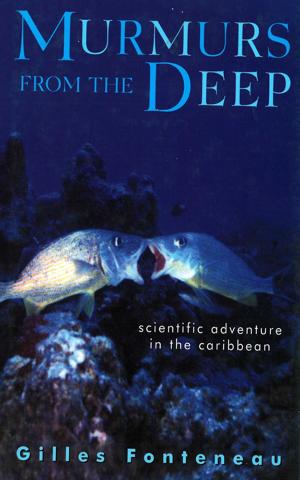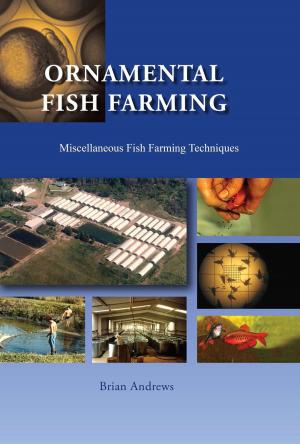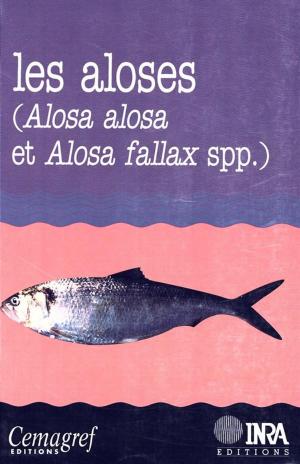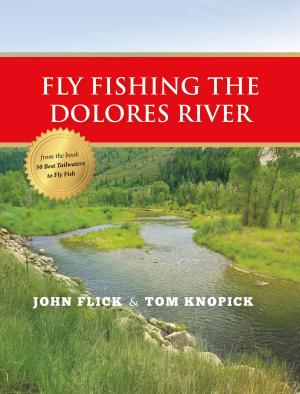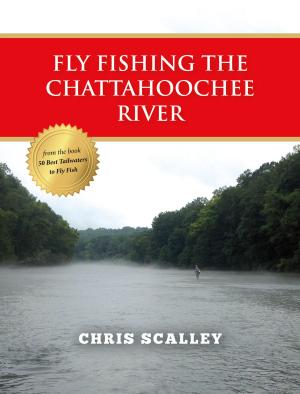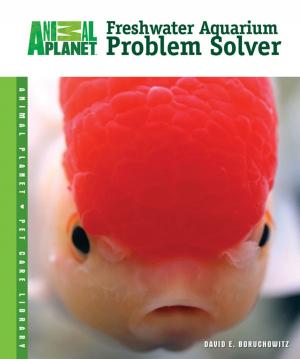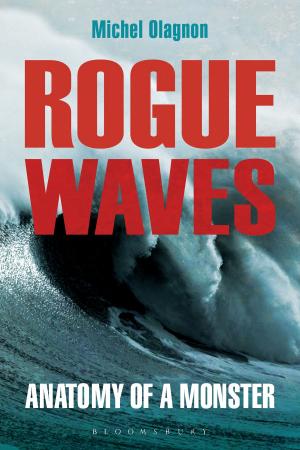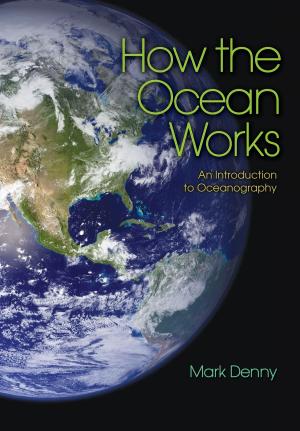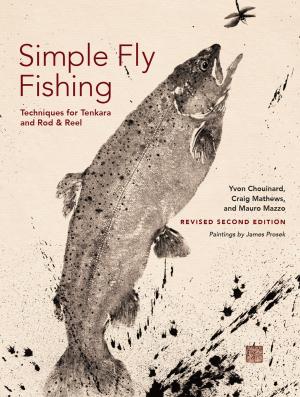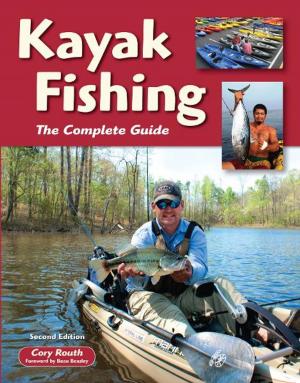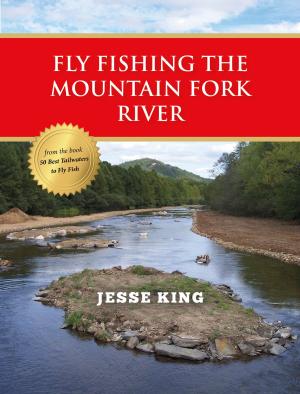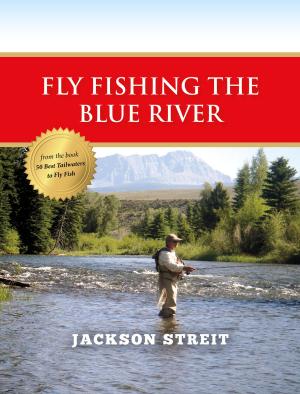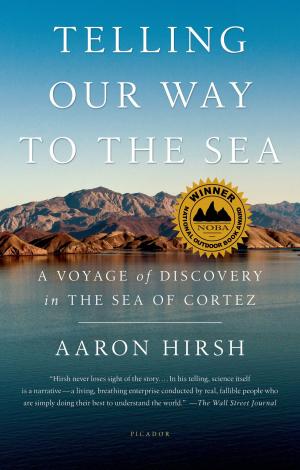Fish Farming Ponds Tanks Raceway
Cages and more for Tilapia and Other Fish
Nonfiction, Science & Nature, Nature, Fish & Ocean Life, Fish| Author: | Maximus Basco | ISBN: | 1230000287650 |
| Publisher: | Tilapia Fish Masters | Publication: | December 23, 2014 |
| Imprint: | Language: | English |
| Author: | Maximus Basco |
| ISBN: | 1230000287650 |
| Publisher: | Tilapia Fish Masters |
| Publication: | December 23, 2014 |
| Imprint: | |
| Language: | English |
Introduction
Tilapia can be raised in earthen ponds, cement raceways and tanks, cages and enclosures. Ponds are most common, the least expensive, and usually carry the least risk, making them appropriate for farmers conscious of risk management and the investment of time and effort required to succeed. Constructing an earthen pond may be labor intensive when using shovels, picks, and hoes. The time required to build a pond varies according to the pond design specific conditions and the number of people building it, equipment used and terrain conditions.
Ideal Pond Size
A typical 30 ft. x 45 ft. pond can be completed in 3 to 4 weeks without heavy equipment. With basic tools, it may costs the farmers little besides time and labor. However, a pond can be used for many years when properly constructed and maintained. The rent of building equipment, like backhoes and other heavy equipment must be factored into the project on day one.
Site Selection
Selecting an appropriate site is important before starting to build a pond. Consideration needs to be given to water supply, soil type, topography, transportation access and location of outlet markets.
Water
A reliable water source during the growing season of the fish is needed. Water can come from springs, runoff, rivers, hydroelectric plants or ground water; even city water when properly filtered to remove Chlorine may be used. However, water contaminated from pollutants is not suitable and will cause health problems for both fish and humans. In semi urban regions where city water may be used, Chlorinated water is not acceptable unless filtered a 100% for Chlorine.
Soil and Climate
Soil containing greater than 10-15% clay is ideal for retaining water in ponds and preventing seepage. Avoid sandy soils because these allow high rates of seepage. For poor soil a plastic liner can be used.
Tilapia thrive in warm water of 25-30 °C ( 75 to 85 Degrees Farenheit ). Fish growth and reproduction will be slower at cooler temperatures and Tilapia adapted to lower temperatures. Like Blue Tilapia, is preferred. Ponds should be located in full sunlight to receive maximum solar heating and plankton growth, but protected of strong cross winds, poisonous flora around it, chemical runoff and fish predators.
Introduction
Tilapia can be raised in earthen ponds, cement raceways and tanks, cages and enclosures. Ponds are most common, the least expensive, and usually carry the least risk, making them appropriate for farmers conscious of risk management and the investment of time and effort required to succeed. Constructing an earthen pond may be labor intensive when using shovels, picks, and hoes. The time required to build a pond varies according to the pond design specific conditions and the number of people building it, equipment used and terrain conditions.
Ideal Pond Size
A typical 30 ft. x 45 ft. pond can be completed in 3 to 4 weeks without heavy equipment. With basic tools, it may costs the farmers little besides time and labor. However, a pond can be used for many years when properly constructed and maintained. The rent of building equipment, like backhoes and other heavy equipment must be factored into the project on day one.
Site Selection
Selecting an appropriate site is important before starting to build a pond. Consideration needs to be given to water supply, soil type, topography, transportation access and location of outlet markets.
Water
A reliable water source during the growing season of the fish is needed. Water can come from springs, runoff, rivers, hydroelectric plants or ground water; even city water when properly filtered to remove Chlorine may be used. However, water contaminated from pollutants is not suitable and will cause health problems for both fish and humans. In semi urban regions where city water may be used, Chlorinated water is not acceptable unless filtered a 100% for Chlorine.
Soil and Climate
Soil containing greater than 10-15% clay is ideal for retaining water in ponds and preventing seepage. Avoid sandy soils because these allow high rates of seepage. For poor soil a plastic liner can be used.
Tilapia thrive in warm water of 25-30 °C ( 75 to 85 Degrees Farenheit ). Fish growth and reproduction will be slower at cooler temperatures and Tilapia adapted to lower temperatures. Like Blue Tilapia, is preferred. Ponds should be located in full sunlight to receive maximum solar heating and plankton growth, but protected of strong cross winds, poisonous flora around it, chemical runoff and fish predators.
